Dumpster diving into Fine Woodworking
There's a treasure trove of wood out there for those with the imagination to reclaim it.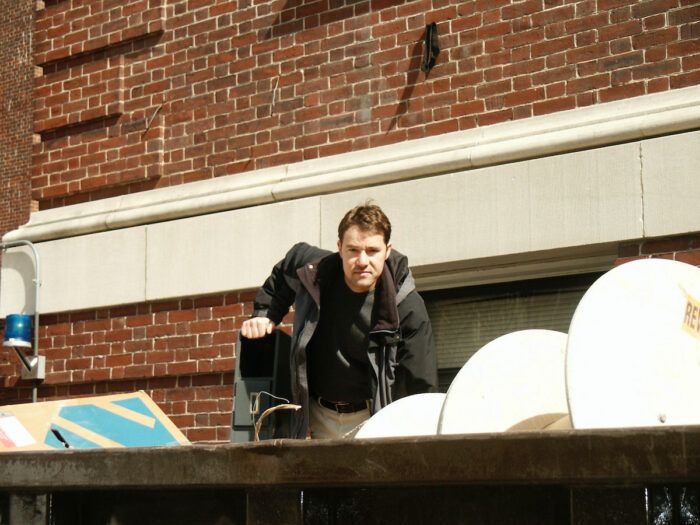
Have you ever happened upon a pile of abandoned furniture or scrapwood on the side of the road and wondered if you had the mental stamina to sort through it—knowing that the critical eyes of passersby or even the owner of the property might shoot invisible arrows at your back? If so, this blog entry and those that will follow are for you. You see, I have a lot of experience with these scenarios, and I’ve grown quite shameless over the years. When I was first invited to contribute to the blog at Fine Woodworking, I wasn’t sure if commentary on my dumpster-diving ways was highbrow enough for this esteemed publication. But the truth is that my experience has taught me that older often is better, that they often don’t make ’em like they used to, and that heritage and provenance add richness and grandeur, even if the discovery was in a putrid New York City trash heap. This is why I keep my eyes peeled wherever I go. So, after much tossing and turning, sharpening and honing, I think I have found the right path to begin this blog entry, my first with Fine Woodworking, which is an honor. I’ll start by sharing a few words about me and why (I hope) you’ll find my monthly spread worthwhile.
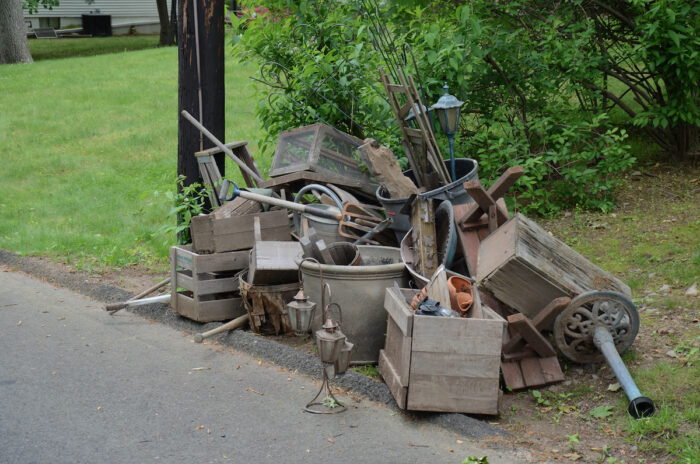
I have been a teacher and maker of all things wood for more than 25 years. I began my journey into woodworking after becoming somewhat disillusioned by the work I went to college for. The mind-numbing mouse and keyboard work that junior architects have to contend with before being invested in the designer’s role had a way of putting a short time stamp on that career. Fortunately, I found working with my hands liberating. What I loved most was that I could translate my ideas into actionable projects and objects of use without the bureaucracy of everything that is (understandably) needed to launch a project in an architecture firm. I became more immersed in the shop with wood and tools. While I began this voyage in my native country of Israel, the craft grew on me exponentially in the United States, particularly in the Boston area. I promise to talk more about my walk through the woods in future entries, but from the start, I want to emphasize one aspect of woodworking that always captivated me and charted my way, my north star of this craft—working with reclaimed wood and found objects.
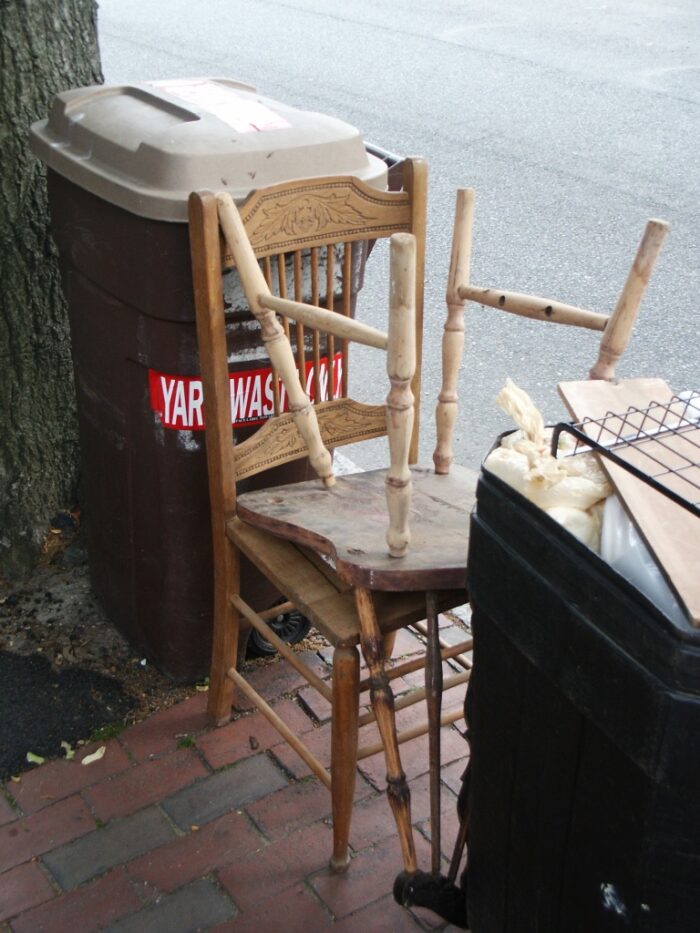
I am fascinated by reclaimed wood and materials, found objects, and curb-picked furniture for three main reasons: aesthetical, ethical, and economical. The first is the sheer beauty and quality of reclaimed wood and old furniture made by artisans or factory workers when production integrity trumped unchecked consumerism. The second is an ethical motivation that stems from reason but, more importantly, from a gut feeling that it is immoral to waste all those resources and let them end up in the dump. And the third? In most cases, reclaimed wood and furniture come free and help the maker save on material expenses.
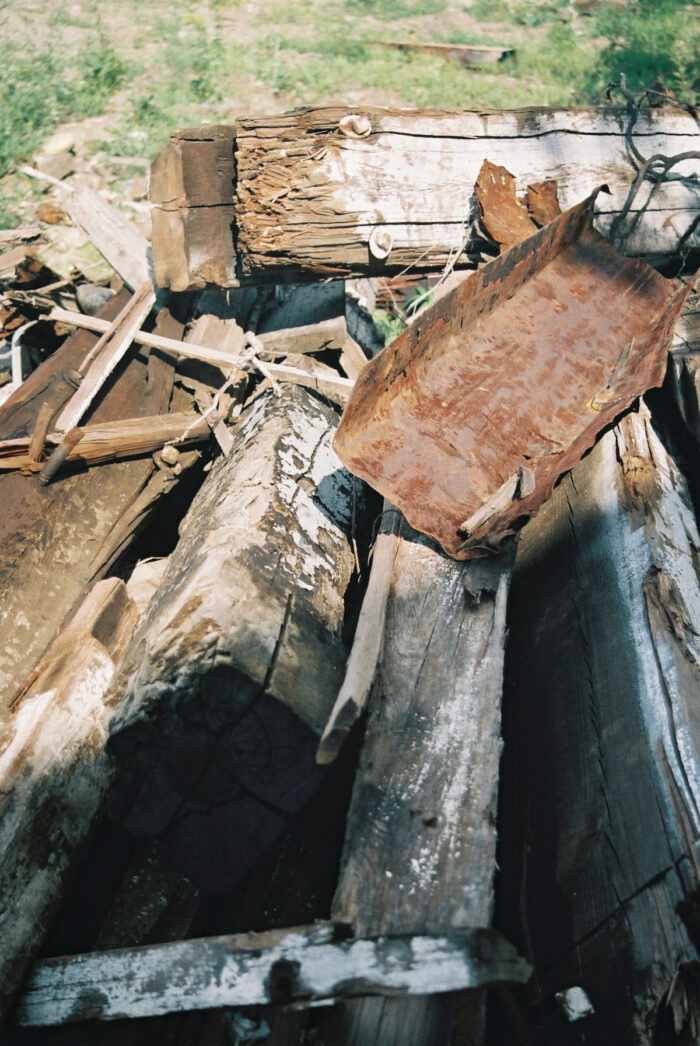
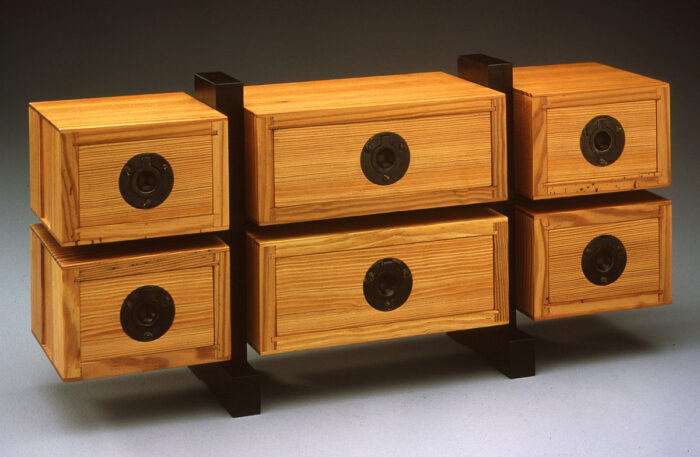
After years of dumpster diving and successful redemptions, rehabilitations, and the celebration of reclaimed wood, hardware pieces, and furniture parts, I was invited by Popular Woodworking magazine’s former editor Megan Fitzpatrick to write a book about my passion and devotion, and in 2018 it finally rolled out of the print press. While reclaimed wood occupies many of the drawers in the cabinet of my life, other compartments are reserved for teaching woodworking and designing furniture. They, too, will be open for viewing as my writing here progresses.
And to conclude this long beginning, I have a proposition, if you like, a cherry on the sundae or the grand prize to those who stayed to read through this introductory entry: A free ready for restoration antique game table—seriously, I am eager to give it up to a loving home.
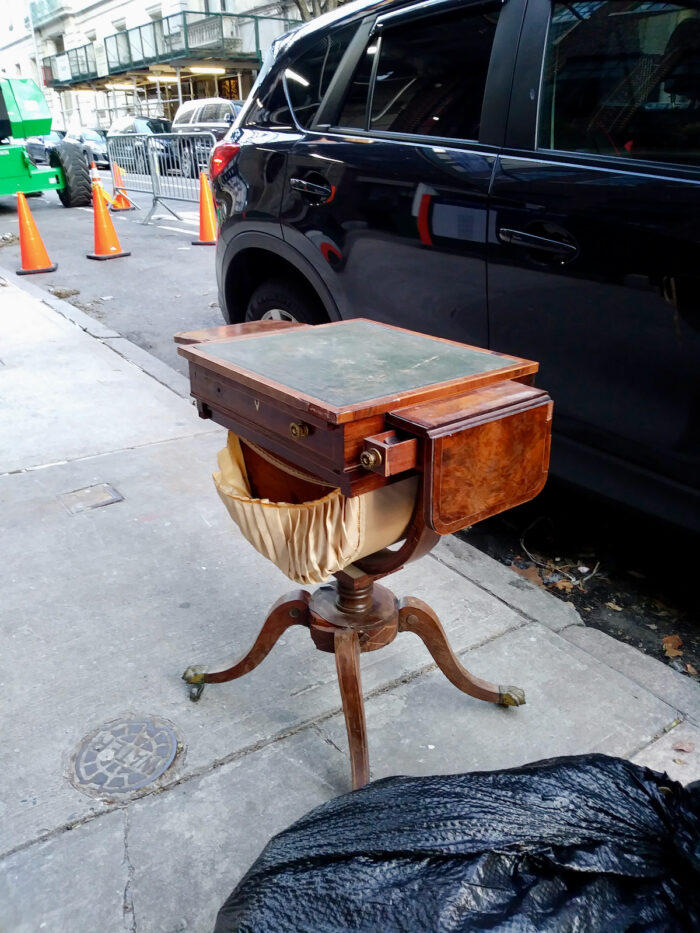
I found the Regency-era Games Table on 78th Street on the Upper East Side of Manhattan two years ago, and it has been sitting like a grinding stone over my neck ever since. As an advocate of saving furniture from the landfill, I try to adopt or find loving homes for furniture that I spot on the side of the road and have no time, space, or expertise to restore.
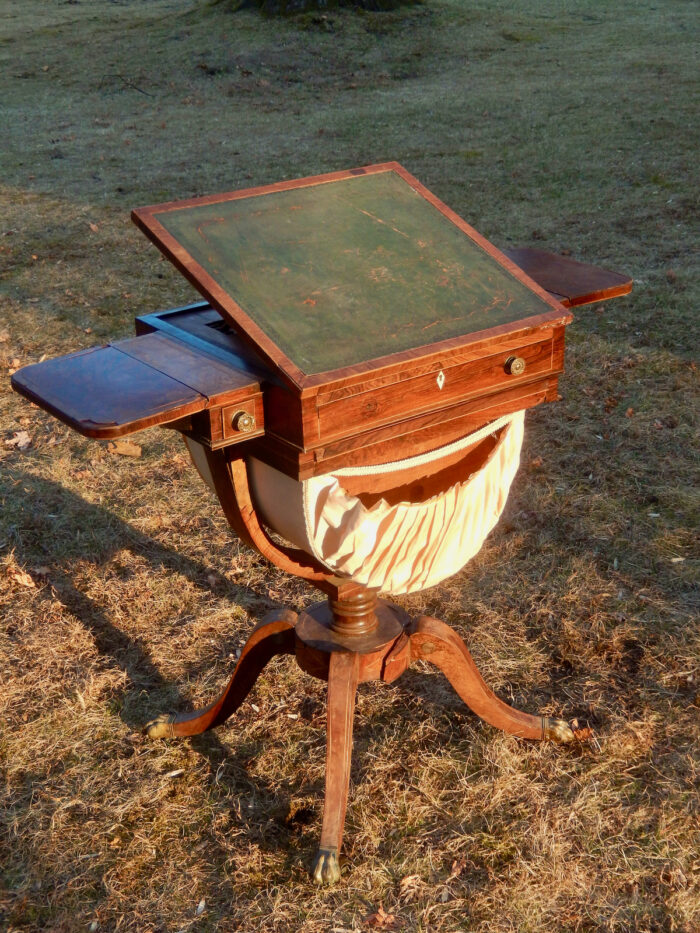
Over the years, while living and working in NYC, I have seen so many lovely pieces on the street awaiting their inevitable date with the NY sanitation department truck. I saved numerous pieces and have plenty of stories to tell about them, but one such piece reigned supreme over all of them. This piece is a splendid example of an early 19th-century artisan’s achievement that, if it could speak, undoubtedly would have many stories to tell about the places it resided and the people who gathered around it.
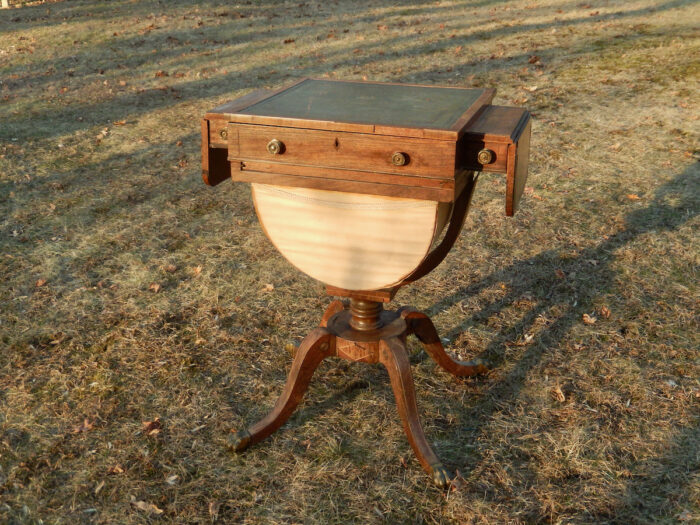
I found it on the sidewalk in front of the school where I teach and immediately recognized its significance. How could this elaborate, delicate, frail, some may say even odd-looking piece, at two centuries old, be left to the grim reaper and its destructive rear-end packer panel? I immediately snatched it from the curb and placed it lovingly into the back of my friend’s car. At the end of the school day, I took it home and had a chance to look at it. It was in bad shape, with parts missing, peeling veneer, and other exquisite inlay materials that were missing. The leg was shaken, and the fabric bag frayed. Honestly, it reminded me of what our three street-found alley cats looked like before their redeeming first bath at home—raggedy, muddy, and flea-ridden. As for the exciting parts of the piece: the game table has beautiful details, and most of the structure is strong. It encapsulates concealed components that, once withdrawn, provide a playground for a few games, including checker and chess. It is mainly made of mahogany with rosewood and other exotic woods. The table has been restored, I believe, a few times in the past. One such restoration attempt that looks somewhat crude is the bent steel brackets that caress the underside of the legs. A small cool decal is on the base of the main post, denoting that the table was shipped via railroad from Liverpool Station to Ipswitch in England at some time in the past.
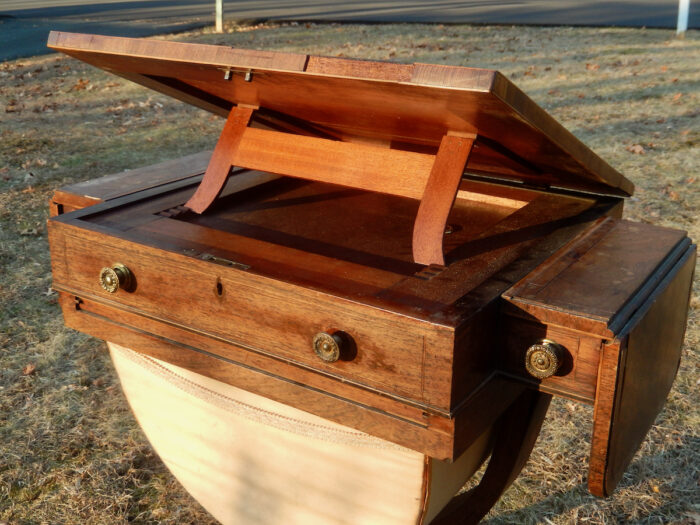
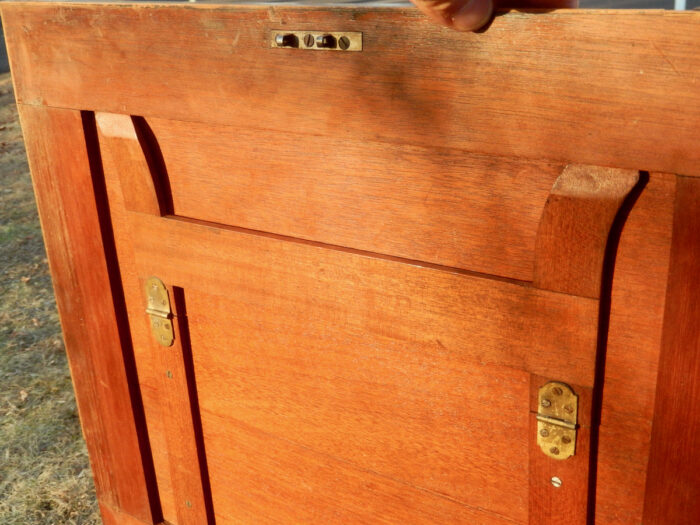
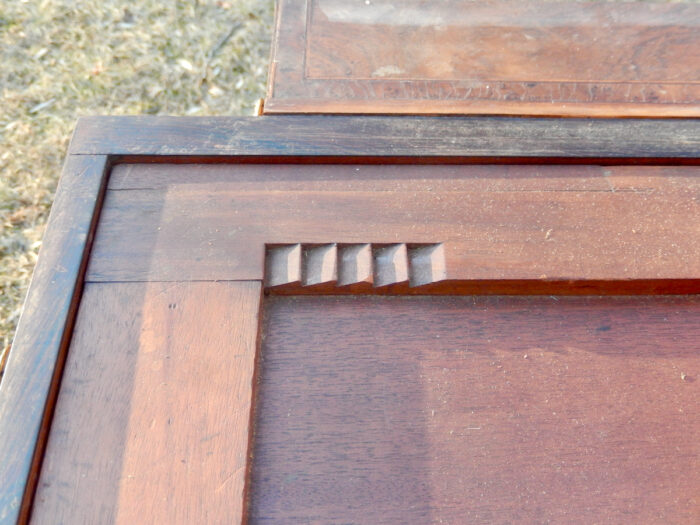
There are plenty of structural woodworking joinery jams in this piece. Still, two are my favorites: the H-shape tilted drawing-panel support and the corresponding notches it hooks into, and the folded brackets that splay out to support the table leaves once open.
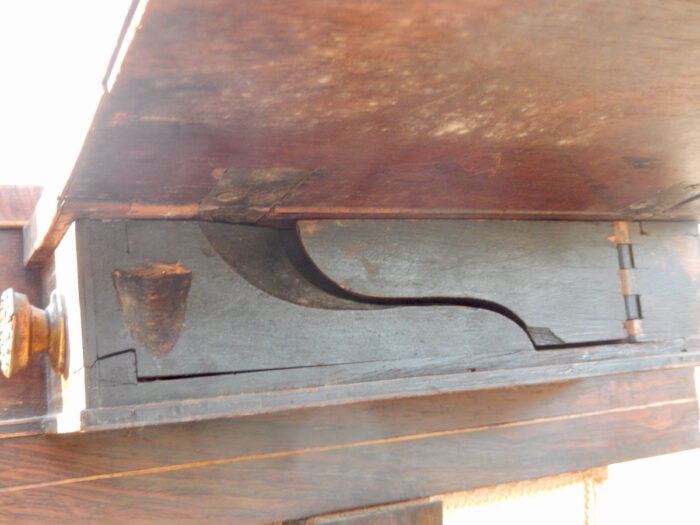
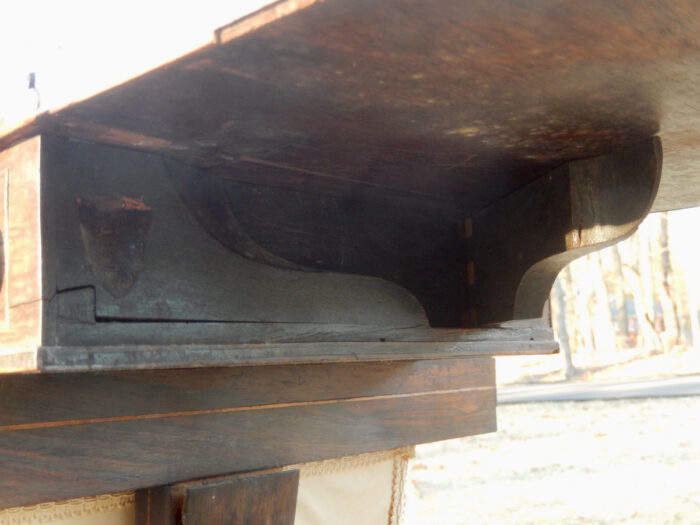
Please check out the images below, and if you think you are built for this project, don’t hesitate to email me. Please note that the winner will have to pick it up (or arrange a pickup) from my place in northern New Jersey. Again I would have loved to dig into this piece as I always love to restore oldies, but this is just too time-consuming and demanding for me at this moment in time.
I am looking forward to my next blog entry, and until then, Happy Thanksgiving.
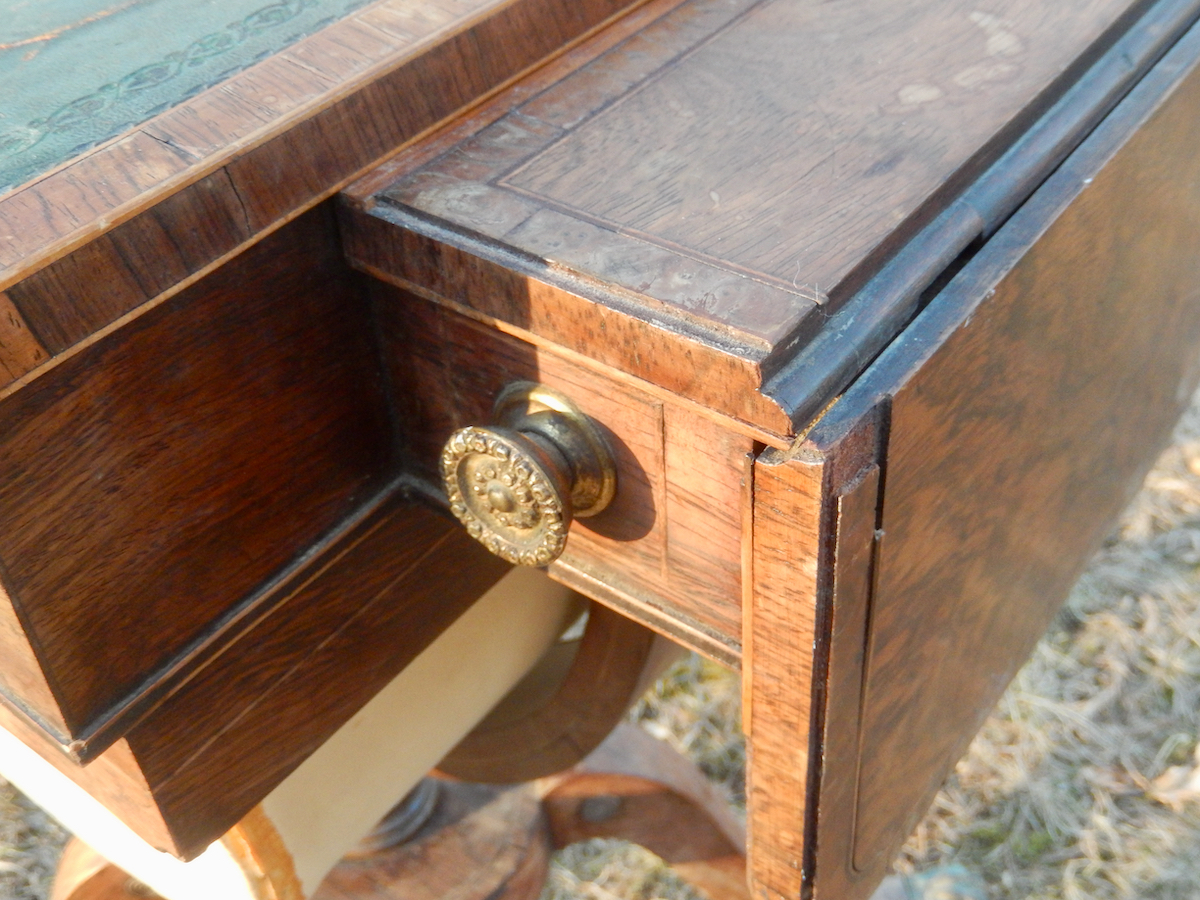 |
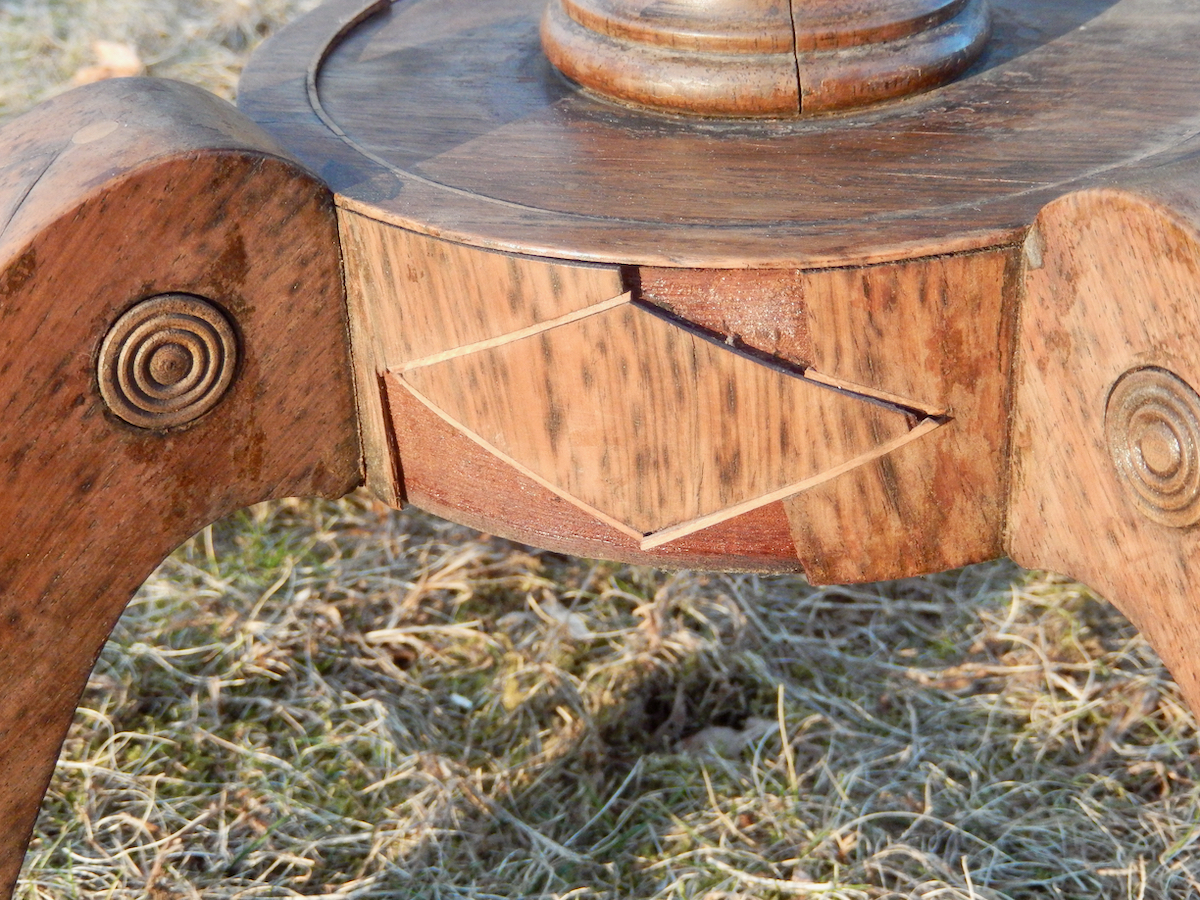 |
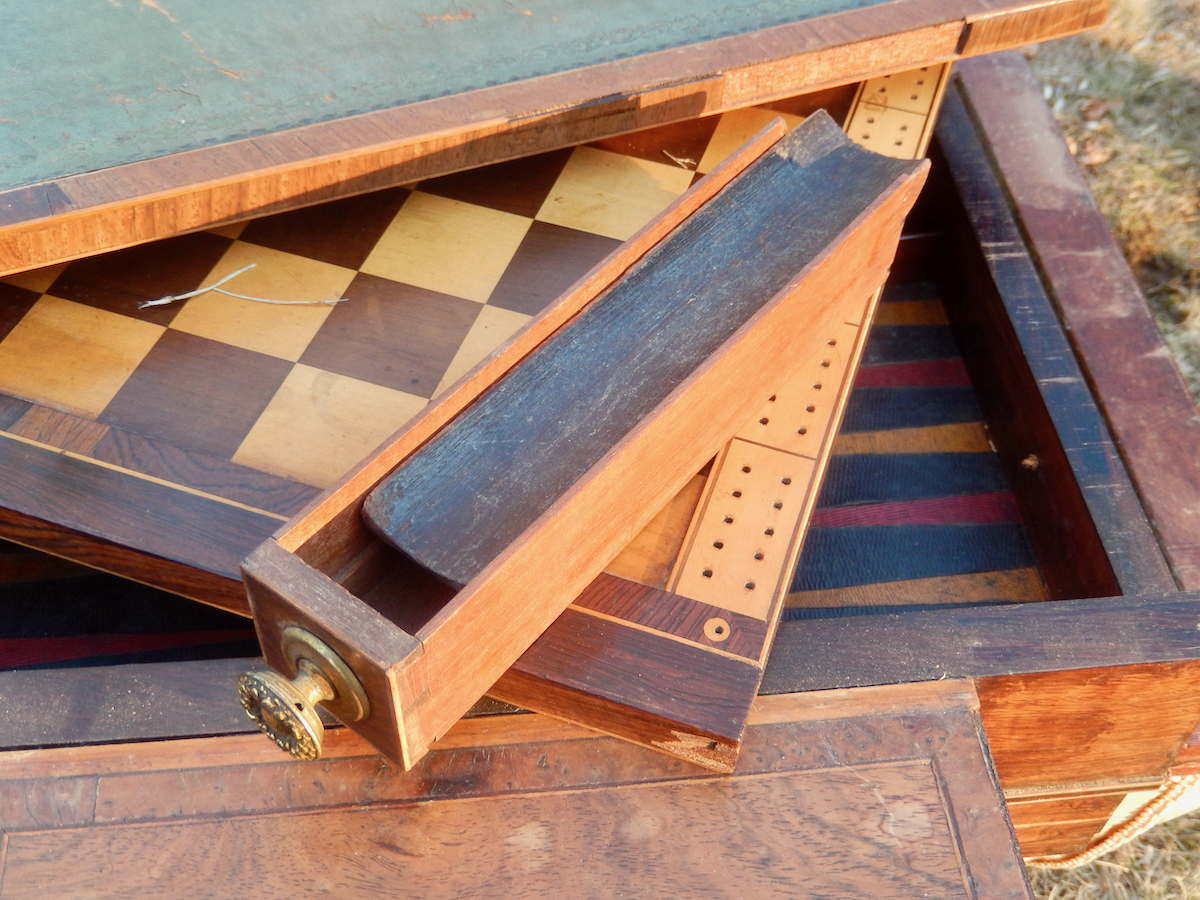 |
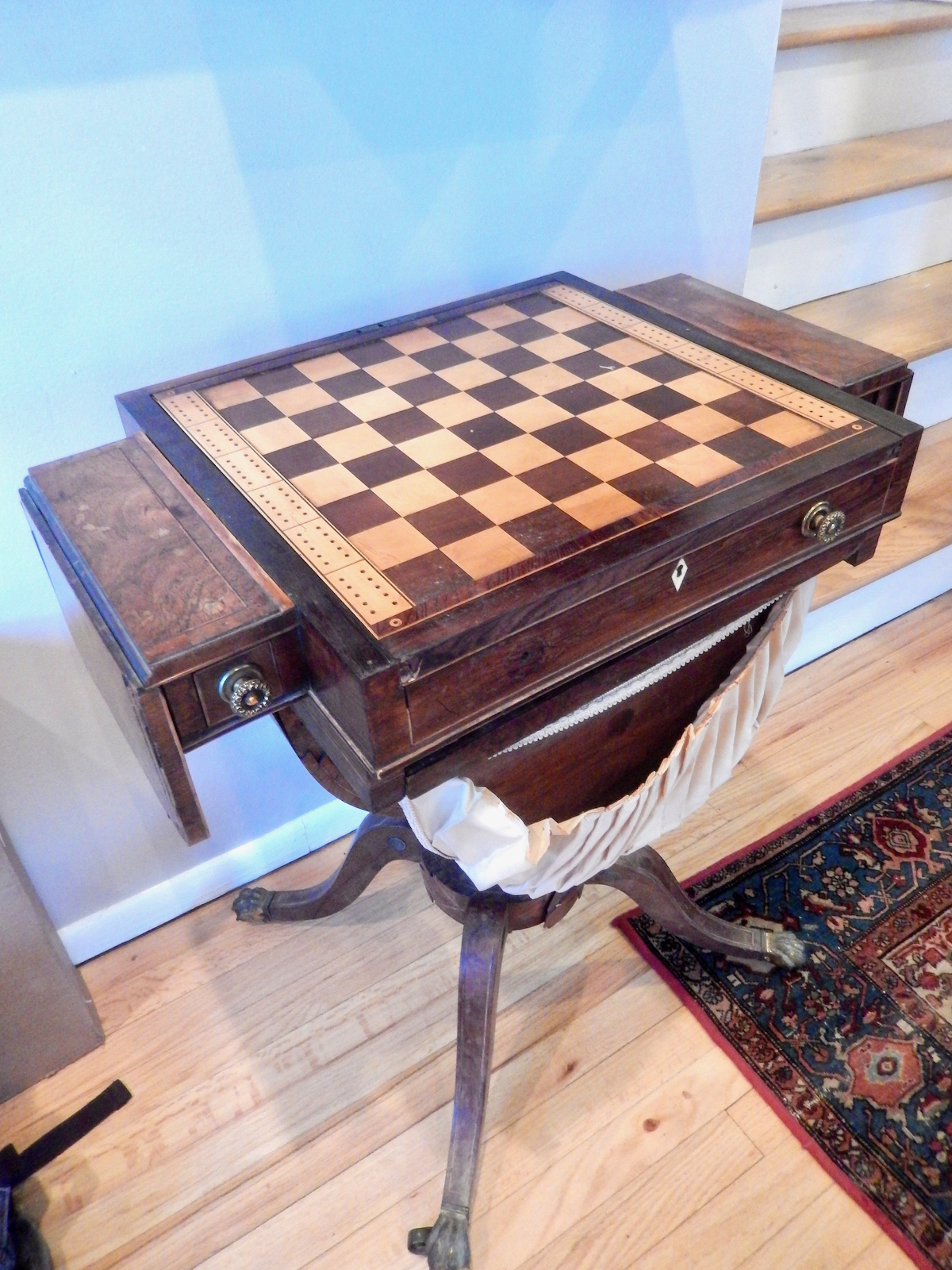 |
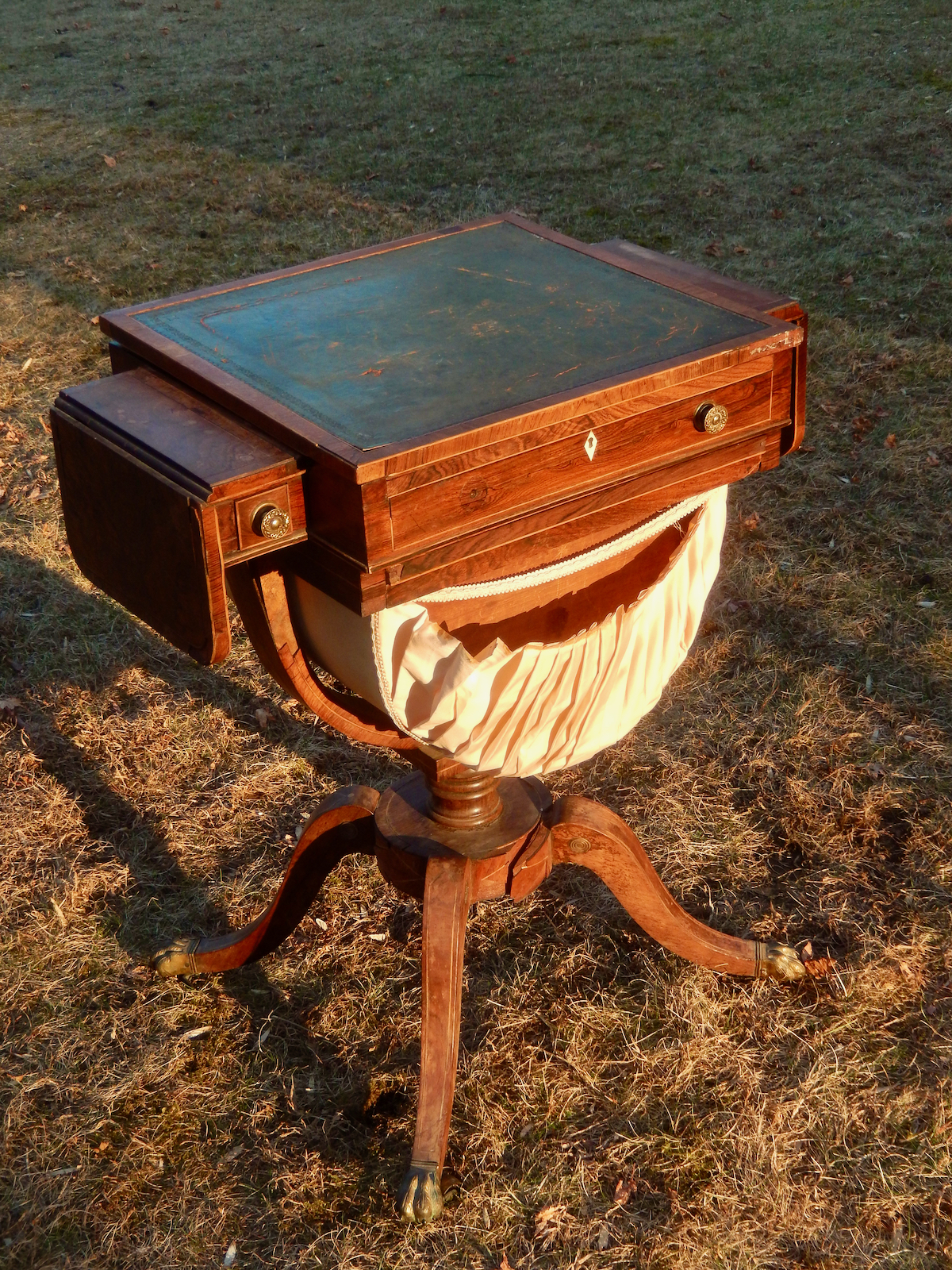 |
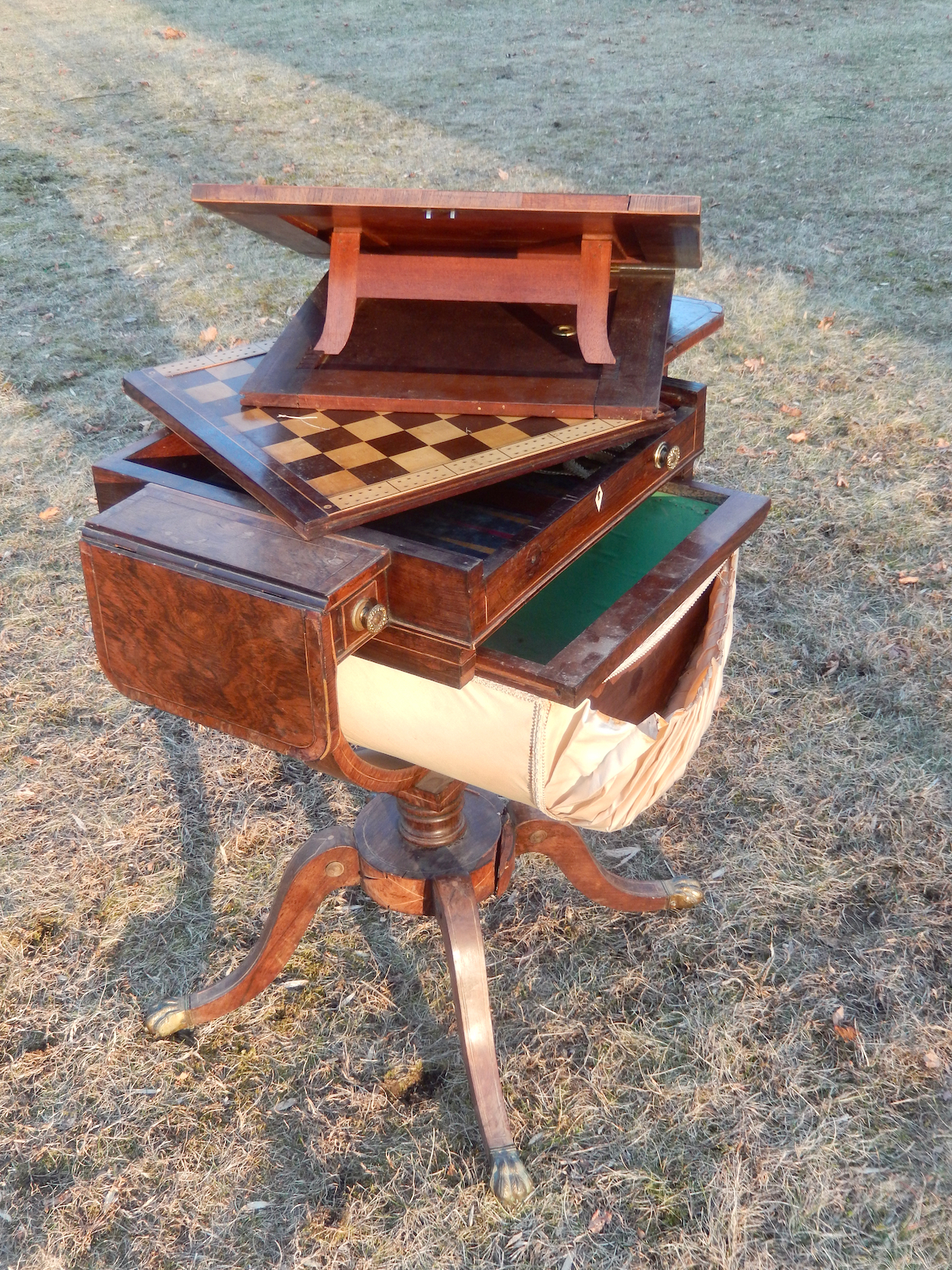 |
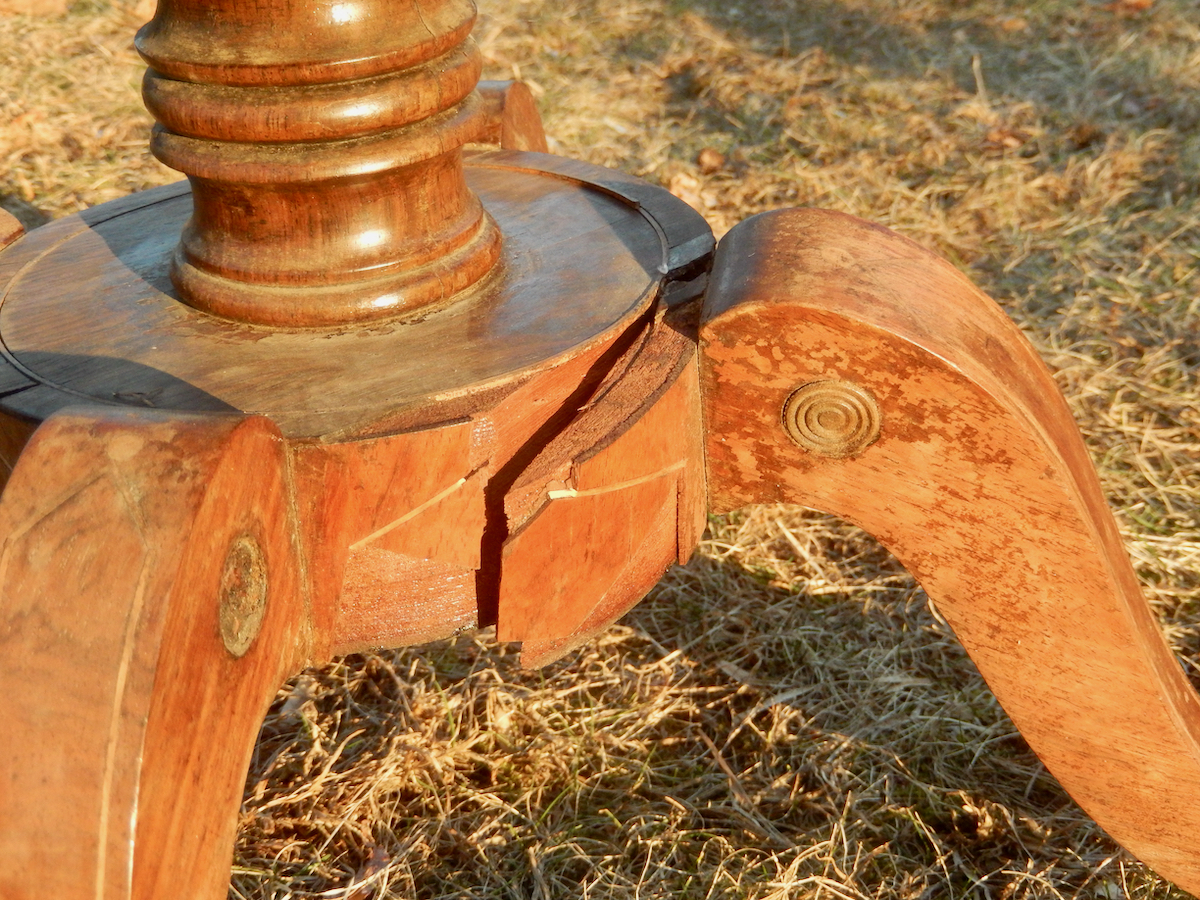 |
 |
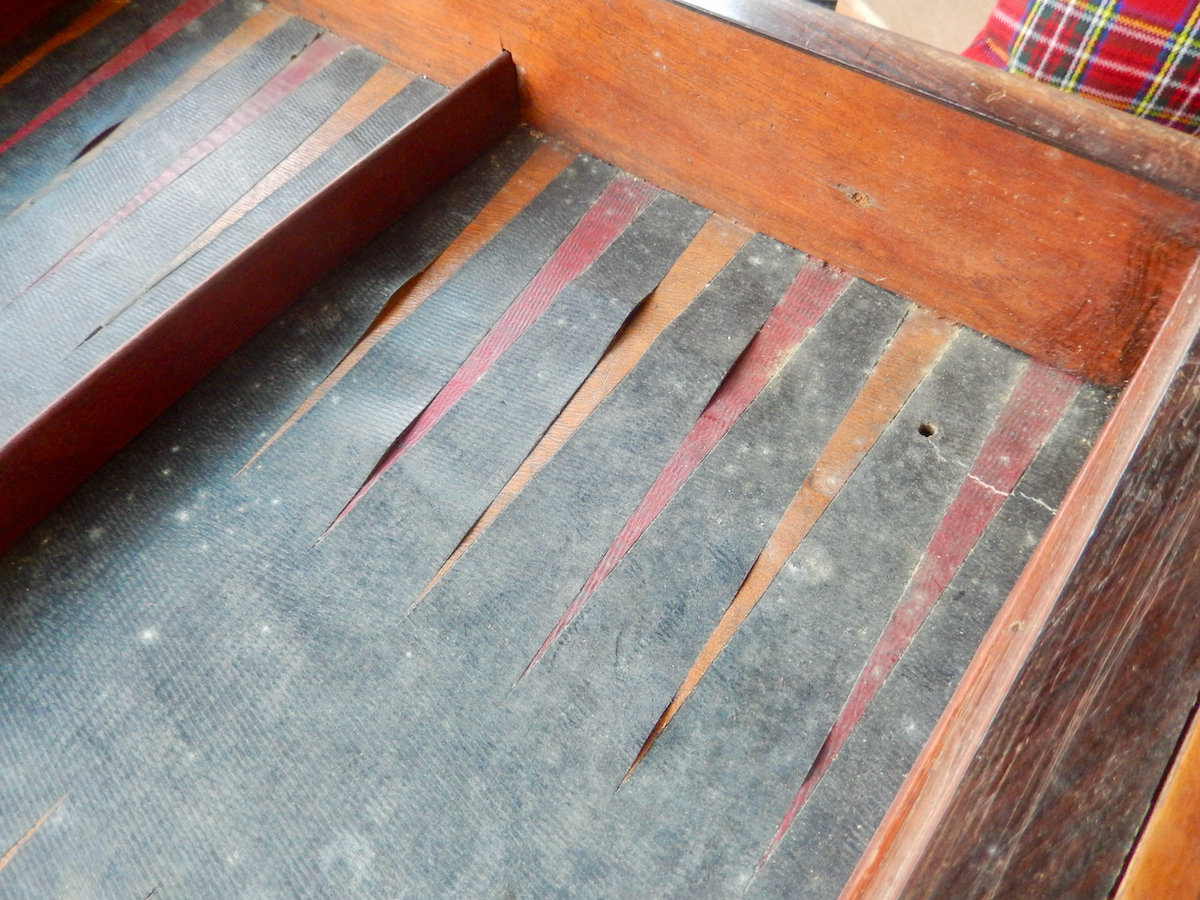 |
Yoav Liberman
yoav.liberman@gmail.com
 |
Fine furniture from reclaimed wood |
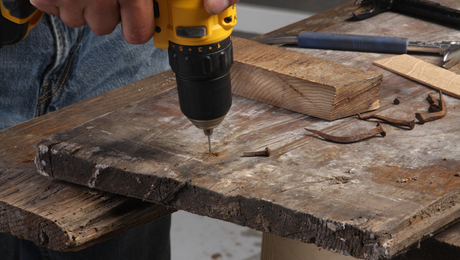 |
Reclaimed wood: Nail removing tips |
 |
STL 60: Dumpster Diving for Terrific Tools |

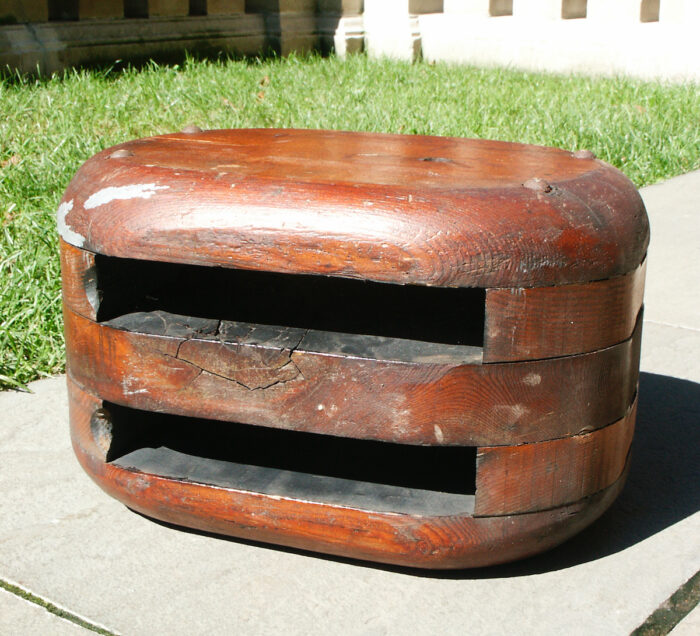
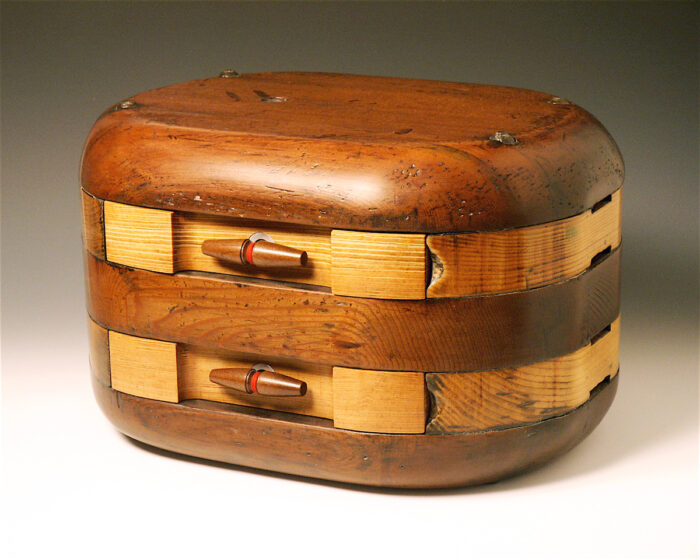
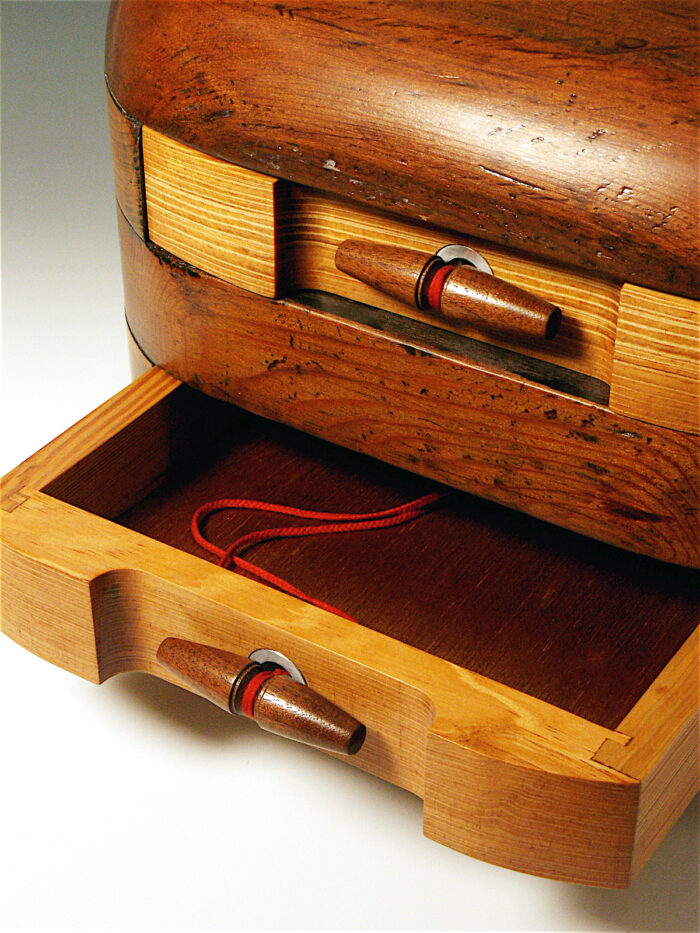


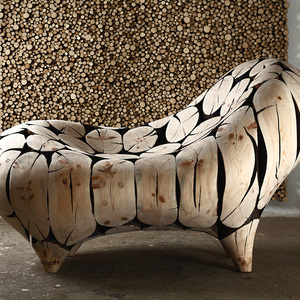












Comments
Really enjoyed your article and your philosophy. The two pieces you included (chest of drawers and pulley block drawers) are fantastic. Very nice photos as well. Looking forward to reading more!
Great to meet you, Yoav! Thanks for allowing us to dive in with you. I'm so excited for this beautiful game table goes to a good home.
Thanks so much for your kind words.
Have I ever grabbed wood out of dumpsters or off the curb? Only all the time! When I was a graduate student at the University of Iowa, I lived near what I called the "magic dumpster" because of the incredible things it provided -- including an oak headboard that is now a side table in my living room and the workbench I built it on (a solid core door on a dresser frame). At the University of Kentucky (where I now teach), I found a pile of 6 inch oak flooring that had been torn out of somewhere during a renovation. I planed off the bottom sides, laminated new thicker pieces, and built my daughter a small Stickley-style dining table (see before and after photos). Thanks for the great blog post. I am glad we don't live in the same place so we don't have to compete for dumpster wood!
Happy New Year, Tom,
I totally agree. If we lived in the same zip code, we might have ended up locking horns over a promising dumpster or an attractive side-of-the-road pile of goodies. I am glad you liked my story, and I salute your reclaiming/repurposing efforts.
Cheers,
Yoav
Log in or create an account to post a comment.
Sign up Log in